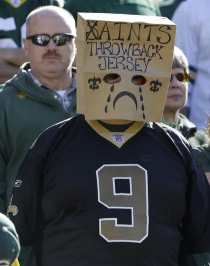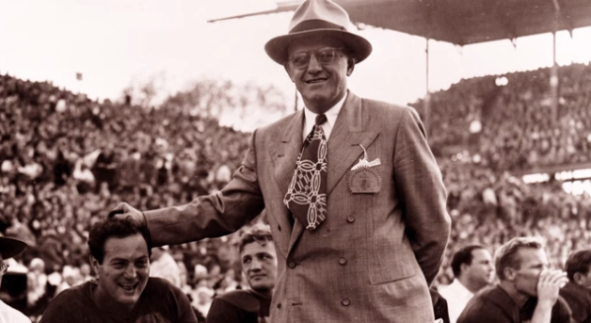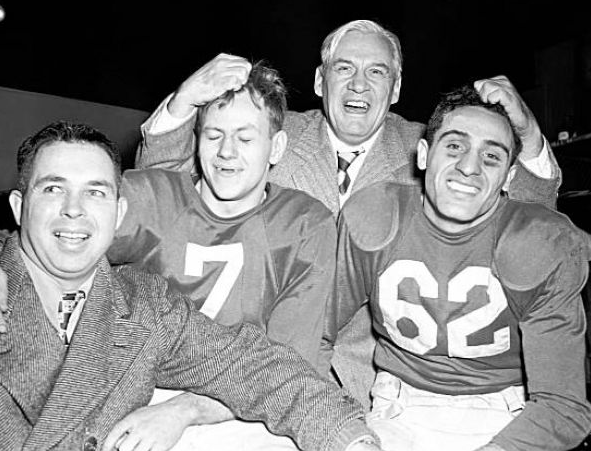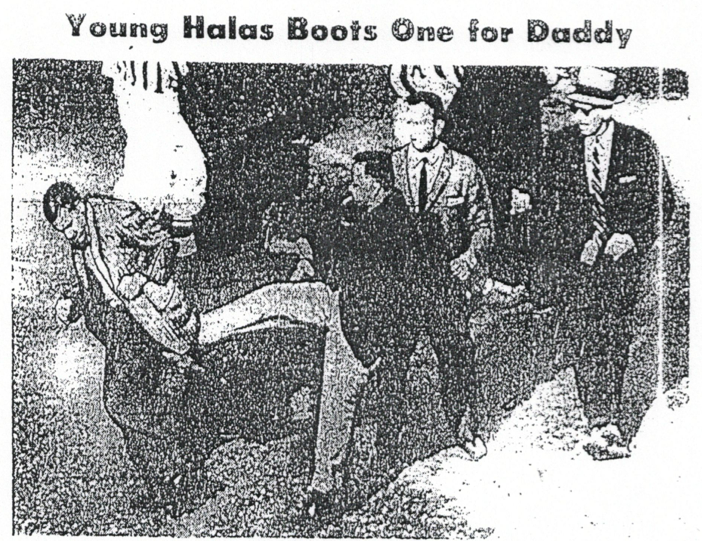The Seahawks got their first reminder Sunday: When you’re the defending champs, every game is the Super Bowl — for the other team, at least. Beyond that, I’m not sure how much we should read into their 30-21 loss to the Chargers in Week 2. They caught a possible Hall of Fame quarterback, Philip Rivers, on an afternoon when he played like a definite Hall of Fame quarterback. It can happen to anybody.
As I said at the top, though, Seattle had best gear up for a long grind, because that’s what you’re looking at after you’ve won it all. Jerry Kramer, one of Vince Lombardi’s favorite Packers, had a great quote about defending your title. It went something like this: “Winning one is hard. Winning two in a row is really hard. And winning three in a row” — as his Green Bay club did from 1965 to ’67 — “is an absolute bitch.”
If it’s any consolation to the Seahawks, the ’93 Cowboys dropped their first two and still repeated as champions. (I know, I know. Emmitt Smith was holding out and didn’t play until the third game. But it’s not the kind of start any contender wants.)
As for the best starts by teams that have just won titles, you’ll find those here:
BEST STARTS BY DEFENDING NFL CHAMPIONS
| Year | Team | Start | Result |
|---|---|---|---|
| 1934 | Bears | 13-0 | 13-0 in regular season; lost title game. |
| 1998 | Broncos | 13-0 | 14-2 in regular season; won Super Bowl. |
| 2011 | Packers | 13-0 | 15-1 in regular season; lost in playoffs. |
| 1942 | Bears | 11-0 | 11-0 in regular season; lost title game. |
| 1962 | Packers | 10-0 | 13-1 in regular season; won title game. |
| 1990 | 49ers | 10-0 | 14-2 in regular season; lost NFC title game. |
| 1931 | Packers | 9-0 | 12-2 final record gave them the title. |
| 1930 | Packers | 8-0 | 10-3-1 final record gave them the title. |
| 1948 | Browns | 14-0 | 14-0 in regular season; won title. |
I threw in that last one to make sure you were paying attention. The Browns were still playing in the rival All-America Conference, of course, in ’48. (They didn’t join the NFL for another two years.) Still, that was a fabulous Cleveland club whose perfect 15-0 season — unlike the Dolphins’ 17-0 mark in ’72 — has been mostly forgotten. So whenever I get the chance, I give them a little pub.
Note that five of the nine teams won the championship again, and two others lost the title game. Also, when the ’30 and ’31 Packers successfully defended their crown, they did it based on their regular-season record. There were no playoffs until ’32.
Source: pro-football-reference.com




